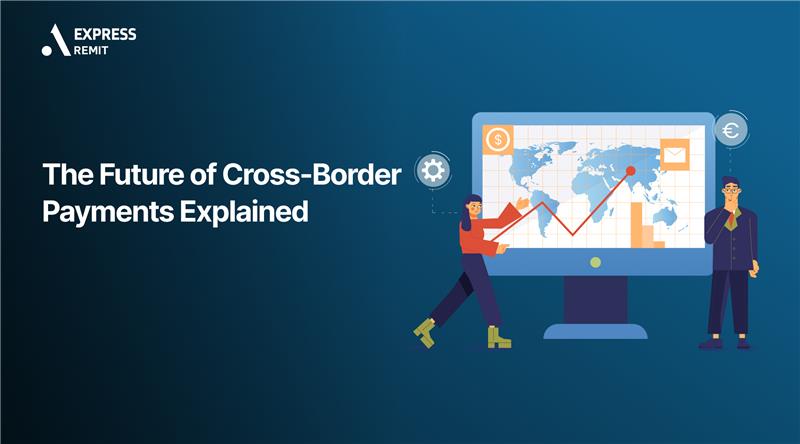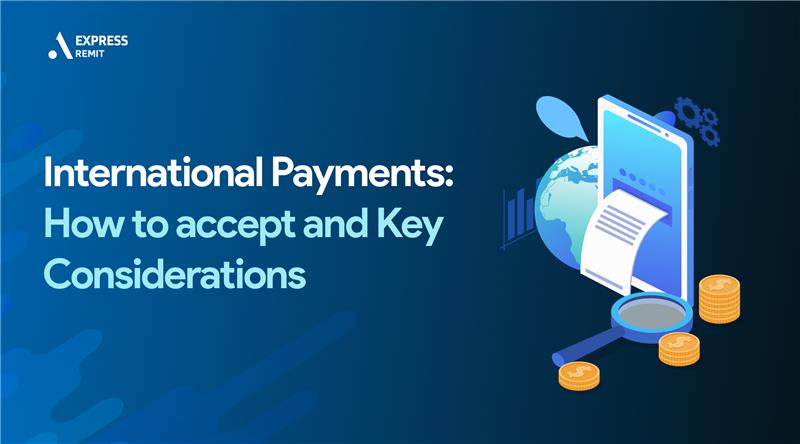Foreign Exchange: 4 Best Strategies for Global Payments
In an increasingly interconnected world, the demand for seamless global payments and efficient foreign exchange management has grown exponentially. Businesses […]
Foreign Exchange: 4 Best Strategies for Global Payments Read Post »




